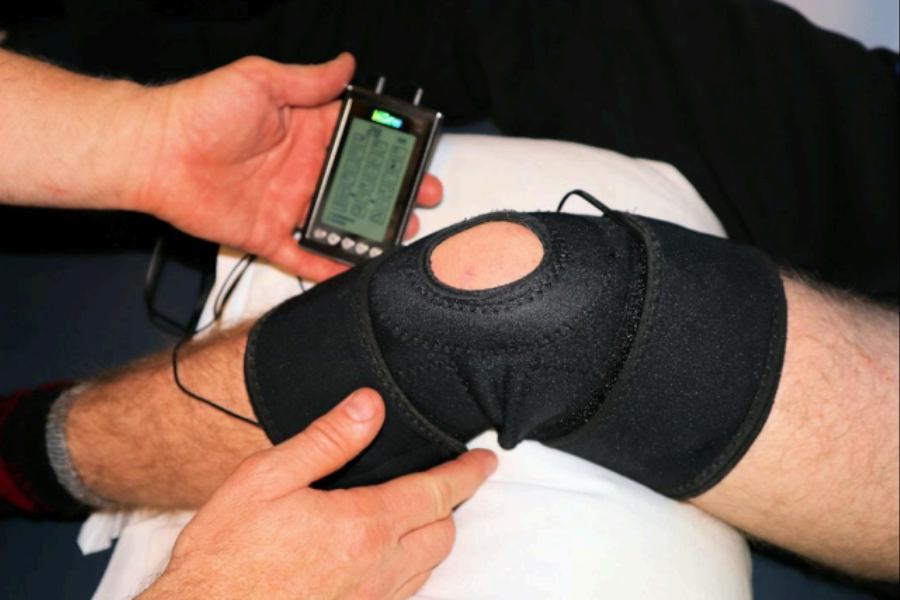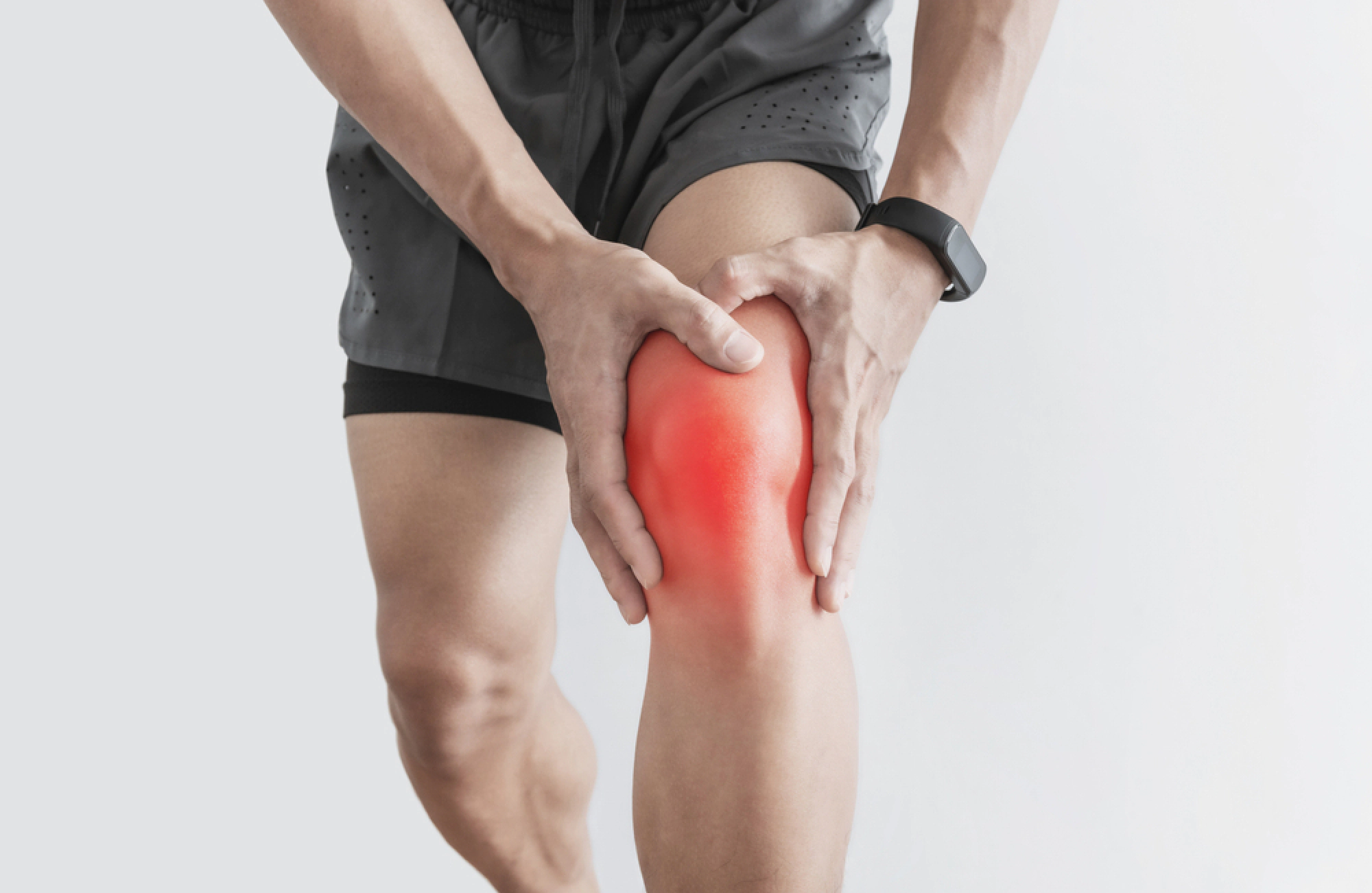The Ultimate Guide To Healing From Knee Pain at Home
Knee pain is a common ailment that can significantly impact daily activities and quality of life.
Whether due to an injury, chronic condition, or the wear and tear of aging, it’s important to
understand the underlying causes to effectively treat and manage knee discomfort. With the
right guidance and self-care strategies, it is possible to alleviate knee pain in the comfort of your
own home. Below, we explore various methods and techniques to help you regain mobility and
find relief.
Understanding Knee Pain: Causes and Symptoms

Knee pain can arise from various causes, including sudden injuries like ligament tears or
ongoing issues like arthritis. Identifying the root cause is key, as treatments differ based on the
underlying problem affecting bones, ligaments, tendons, or cartilage. Symptoms like swelling,
stiffness, and reduced mobility often accompany knee pain, with some people hearing a popping
sound that suggests joint damage.
Seeking medical evaluation promptly is crucial for persistent pain, using imaging tests such as
X-rays or MRIs to guide personalized treatment plans and prevent worsening conditions. For
those with arthritis knee pain relief needs, understanding the specific arthritis type—whether
osteoarthritis, rheumatoid arthritis, or post-traumatic arthritis—is essential for effective
management strategies.
Nutritional Support for Joint and Knee Recovery
A balanced diet is crucial for knee and joint health. Foods rich in anti-inflammatory properties
like leafy greens, fatty fish, nuts, and seeds can help reduce knee pain and inflammation.
Supplements such as glucosamine and chondroitin may provide relief, but it’s wise to consult a
healthcare provider first.
Hydration is also key, as water keeps cartilage hydrated and joints lubricated, aiding in pain
management. Adding frozen turkey meals to your diet can offer convenient, lean protein that
supports muscle repair and overall dietary goals for managing knee discomfort.
Essential Home Remedies for Alleviating Knee Pain
Knee pain can be managed at home using hot or cold therapy, with cold packs reducing
inflammation and numbing the painful area, and heat relaxing muscles and enhancing
circulation. Over-the-counter pain relievers like ibuprofen or acetaminophen can help manage
pain but should be used judiciously and with consideration of other health conditions or
medications.
Elevation and compression are essential for reducing swelling and providing support to the
knee. Elevating the affected leg above the heart level and using elastic compression bandages
can help mitigate pain and facilitate healing. Regular gentle activity can prevent stiffness and
strengthen knee muscles, while rest is crucial for healing. A balanced approach is essential for a
successful recovery.
Exercises and Stretching: Safeguarding Knee Health

Exercise is crucial for knee health, with low-impact activities like swimming, cycling, and walking
improving flexibility and strength without overly stressing the joints. It’s recommended to start
slowly and gradually increase intensity to avoid overexertion. Regular stretching, especially
targeting the quadriceps, hamstrings, and calf muscles, is essential for maintaining knee
function and reducing injury risk.
Strengthening exercises, especially targeting the quadriceps and hamstrings, offer better
support for the knee joint, reducing the risk of injury. Healthcare professionals can guide safe
and effective exercises. It’s essential to listen to your body and consult a healthcare provider if
certain activities cause pain.
Innovations in At-Home Knee Pain Management Techniques
Advancements in technology have led to new at-home treatments for knee pain, including
wearable devices that provide heat, massage, or electrical stimulation. Telehealth services are
revolutionizing healthcare access, allowing remote consultations with physical therapists and
specialists, providing guidance on exercises and pain management strategies.
Mobile apps monitor knee pain and provide personalized exercise routines, with reminders for
medication or exercise. Smart knee braces and supports, featuring sensors that track movement
and provide feedback on form and technique, can prevent further injury and encourage proper
alignment and support for the knee. These innovations are transforming the way we access
healthcare and manage knee pain.
Overall, to manage knee pain at home, a comprehensive approach includes understanding the
cause, using home remedies, engaging in exercise and stretching, supporting recovery with
proper nutrition, and staying updated on innovative management techniques to effectively
control pain and improve overall knee health.
Explore captivating stories and exclusive features on your favorite celebrities at GlamourHeadline.com.






